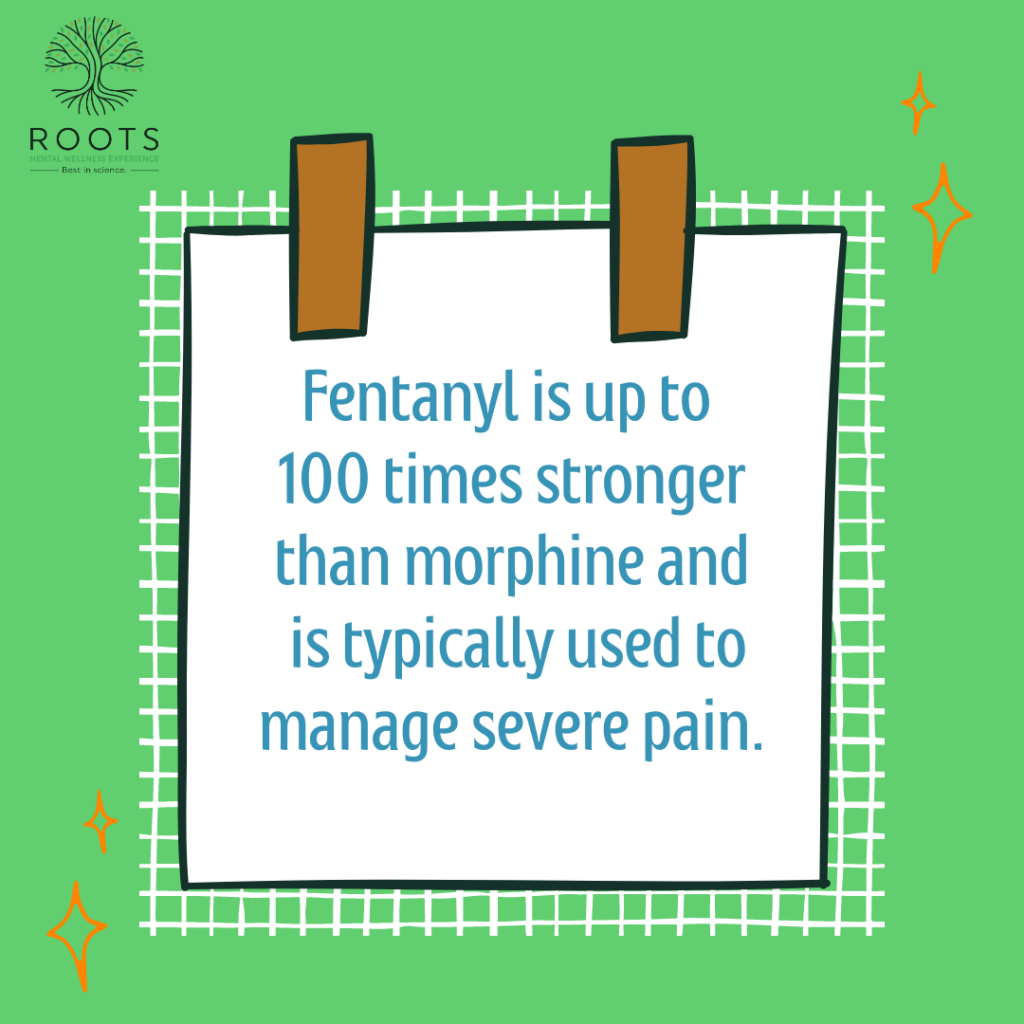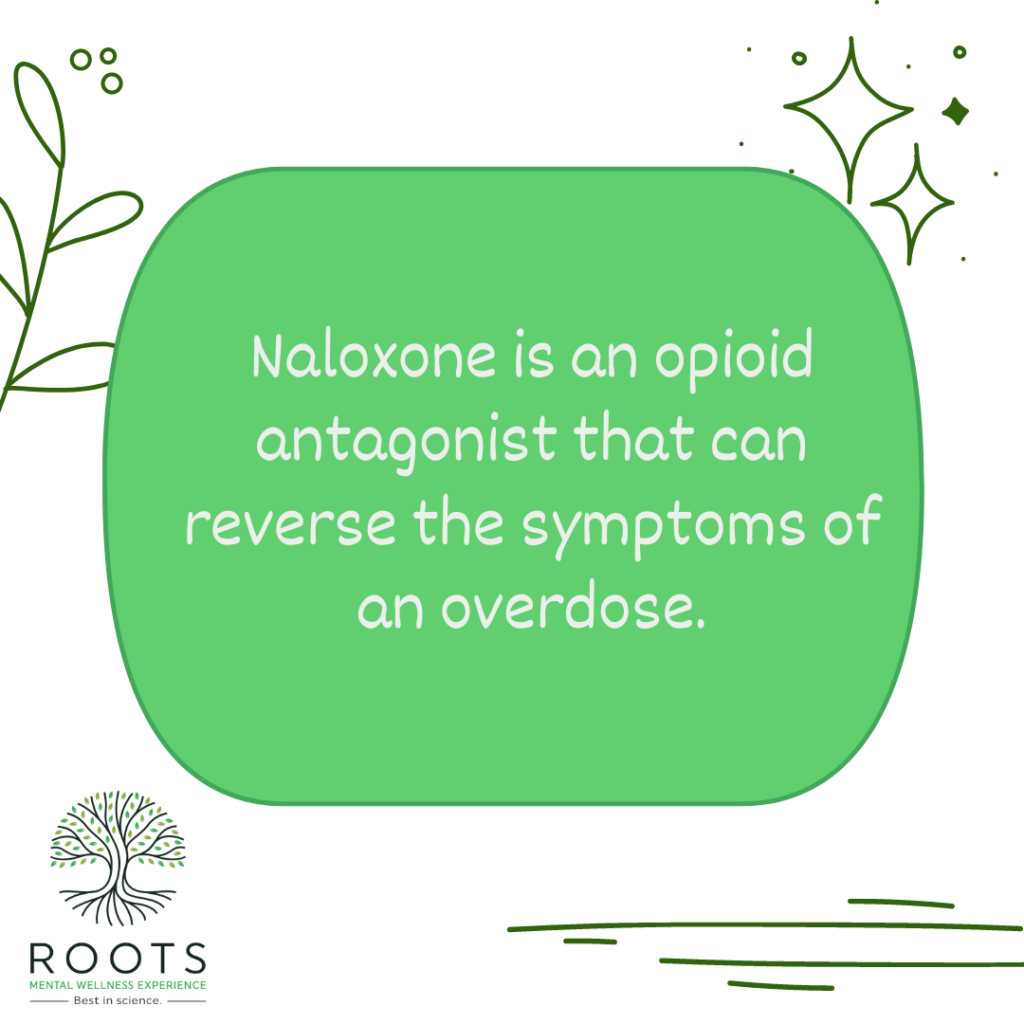Fentanyl has become the primary culprit behind drug overdose deaths in the United States. This highly addictive synthetic opioid is often mixed with other street drugs, increasing danger for users. If you’re curious about getting better from substance use, we listed down fentanyl overdose treatment options in this post.
Therefore, it is imperative to explore all possible treatment options for fentanyl overdose to save lives and prevent addiction. Treating fentanyl addiction can go a long way in mitigating harm caused by this potent substance.
Various approaches, such as medication-assisted treatment and therapy, also help individuals recover from addiction and significantly lower the risk of overdose.
Through this blog, we hope to shed light on the critical issue of treating fentanyl overdose and provide valuable insights into various treatment strategies.
What is Fentanyl?
Fentanyl is one of the strongest painkillers. It is 100 times stronger than morphine and is used to manage severe pain in individuals who have built up a tolerance to other opioids.
The drug is highly addictive and has a high potential for abuse. People usually take this with other street drugs, leading to an alarming increase in overdose cases across the United States.
Its potency and prevalence make it a significant public health concern, underscoring the need for effective treatment strategies to combat addiction and overdose.
What are the Treatment Options for Fentanyl Overdose?
Combining this highly addictive synthetic opioid with other substances can pose danger for users.
Therefore, it is imperative to explore all possible treatment options for fentanyl overdose to save lives and prevent addiction. Treating fentanyl addiction can go a long way in mitigating harm caused by this potent substance.
Various approaches, such as medication-assisted treatment and therapy, also help individuals recover from addiction and significantly lower the risk of overdose.
Through this blog, we hope to shed light on the critical issue of treating fentanyl overdose and provide valuable insights into various treatment strategies.

What are the Common Side Effects of Fentanyl?
Fentanyl, like other opioids, comes with a set of possible side effects. These include:
- Drowsiness
- Dizziness
- Nausea and vomiting
- Constipation
- Increased sensitivity to pain
- Muscle stiffness
- Involuntary muscle twitches
- Irregular heartbeats
- Itchy skin
- Dry mouth
What are the Long-Term Side Effects of Fentanyl?
- Physical dependence – It often occurs with withdrawal symptoms when opioids are stopped or reduced
- Tolerance – People who develop tolerance need to take higher doses of medication to achieve the same level of pain relief.
- Respiratory depression – This happens to healthy individuals, particularly when they take high doses of the drug. On the other hand, individuals with lung conditions, such as asthma or COPD, may be at an increased risk of fatal breathing problems.
- Digestive issues
- Low testosterone levels
- Decreased immune function
What is the Standard Overdose Level for Fentanyl?
There is no standard overdose level for fentanyl. It varies depending on factors such as an individual’s tolerance, body weight, and the route of administration.
Fentanyl is so potent that even a small amount can cause an overdose, and its effects can be felt immediately. According to the Centers for Disease Control and Prevention, even two milligrams of fentanyl can be fatal.
Given the high risk of overdose, it is essential that individuals using fentanyl or any other opioid are closely monitored by a healthcare provider to avoid potential harm.

Traditional Treatment Options
Fentanyl overdose is a severe medical emergency that requires immediate treatment. Traditional treatment options for fentanyl overdose include oxygen therapy and assisted ventilation.
Oxygen Therapy
This involves supplying the patient with oxygen to help them breathe better. Depending on the patient’s needs, medical personnel can do this using an oxygen mask or nasal cannula.
Oxygen therapy is a non-invasive treatment used in the field, in an ambulance, or a hospital setting.
Assisted Ventilation
It is a more invasive treatment option that involves using a mechanical ventilator to support the patient’s breathing. Patients experiencing severe respiratory distress or who have stopped breathing are the ones who usually receive this treatment. Assisted ventilation requires trained medical professionals to administer it and can only be done in a hospital setting.
While these treatments can be effective in managing the symptoms of a fentanyl overdose, they do have some limitations. Oxygen therapy may not be suitable for all patients and can be time-consuming.
On the other hand, assisted ventilation is a more invasive treatment requiring specialized equipment and trained medical professionals.
Additionally, both treatments can be expensive, and their efficacy depends on the severity of the overdose and the patient’s needs.
Newer Treatment Options
In addition to traditional treatment options, newer treatments for fentanyl overdose have emerged in recent years. Two such treatments are naloxone and buprenorphine.
Naloxone is an opioid antagonist that can reverse the symptoms of an overdose. People can administer this as a fentanyl nasal spray, injection, or auto-injector device. Administering it soon after an overdose proves particularly effective, as it rapidly reverses respiratory depression and prevents brain damage or death.

Buprenorphine is a partial opioid agonist that attaches to the same receptors in the brain as fentanyl, reducing withdrawal symptoms and cravings.
Healthcare providers often utilize it as a maintenance medication to aid individuals in their recovery from addiction and lower the risk of relapse.
While these treatments have proven effective, they do have some limitations. Naloxone, for instance, is only effective for a limited period. Meanwhile, buprenorphine can cause dependence and may not be suitable for everyone.
Importance of Seeking Addiction Treatment to Prevent Overdose
Addiction treatment is vital in preventing fentanyl overdose and improving outcomes for individuals who struggle with addiction. With effective therapies, individuals can overcome physical dependence, manage cravings, and reduce the risk of overdose.
Substance abuse treatment facilities near me offer treatment options, including medication-assisted treatment, therapy, and counseling. They can also address underlying mental health issues that may have contributed to addiction, such as anxiety or depression.
By seeking addiction treatment, individuals can significantly enhance their overall quality of life while mitigating the risk of potentially fatal consequences.

In conclusion, fentanyl overdose is one of the leading causes of death in the United States. It is crucial to understand the available treatment options to reduce its harm.
Traditional treatments such as oxygen therapy and assisted ventilation, along with newer treatments like naloxone and buprenorphine, have been proven effective in treating fentanyl overdose.
However, prevention is still the best strategy for a fentanyl overdose. By practicing early intervention and addiction treatment, individuals can lower the possibility of overdose and achieve long-term recovery.
We encourage anyone struggling with fentanyl addiction or experiencing an overdose to seek professional help and explore all available treatment options.
Remember, there is hope for recovery, starting with taking action. Los Angeles drug rehabilitation centers, like Root Through Recovery, are here to support you in overcoming addiction. Contact us today!



